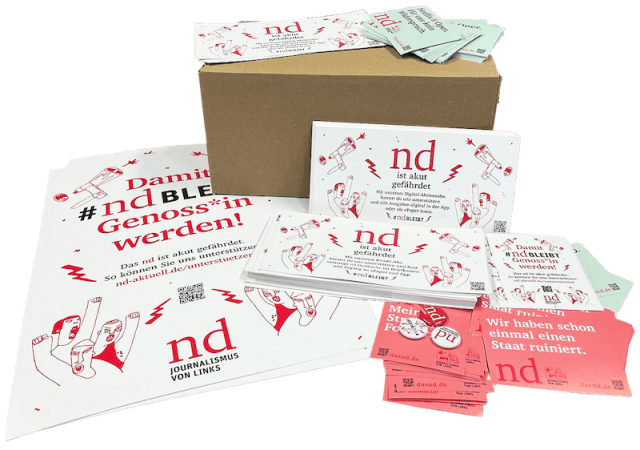We are currently experiencing a wave of colds and flu, and corona infections are also increasing. Some sufferers temporarily lose their sense of smell. Why?
Because in many respiratory diseases the nasal mucosa becomes infected. Viruses spread there and disrupt the perception of smell at the top of the nose.
The sense of taste is often gone, especially with Corona.
Tasting nothing at all is probably not entirely true. When we say taste, we mean a mixture of taste and smell. We perceive roughly five basic directions with our tongue: sweet, sour, salty, bitter and umami, which goes in the direction of protein. When it comes to bitter, there is a greater gradation, which is why we can also find bitter things great – see coffee and some chocolates. Although bitter is evolutionary in us as a signal for poisonous. All other subtleties take place in interaction with the nose. For example, when people taste wine.
How do the nose and tongue work together?
They are connected to each other in the air space of the throat. What we eat and drink is heated in the mouth and some volatile substances rise to the olfactory cells. If they don’t work properly, everything seems boring.
That’s why there is a common specialist for the nose and throat, the ENT doctor. But how do the ears come about?
The ears are connected to the nose and throat area. You notice this when you quickly come down from a great height – the pressure equalization problem. When you yawn, the pressure equalizes again.
Is this why some people have hearing problems when they have a cold or flu?
Yes, this connection can also be inflamed and clogged, exactly.
We can see and hear spatially. Why can’t we smell even though we have two nostrils?
The purpose of the two nostrils is for two streams of air to hit the mucous membranes, which increases the sensory stimulus. You notice this when a nostril is blocked. In one study, subjects were given a different smell in front of each nostril. They did not mix into one, but were registered alternately by the brain. One nostril has always pushed forward in perception.
Should we imagine it like the tongue, where certain areas are responsible for each taste?
As far as I know, not. The common theory is that the molecules that we perceive as smell act as a key in the lock of the sensor cells. But I think that doesn’t fully explain why we can detect many more olfactory notes than we have receptor cell types.
What determines which smell we find pleasant?
I think this is partly due to evolution. For example, hydrogen sulfide, the famous rotten egg smell, is often associated with spoiled food, which is best avoided. But the larger part is probably cultural influence, upbringing. As with other things that have to do with taste.
Which animal can smell best?
There is a species of beetle that relies on laying its eggs in freshly burned wood to reproduce. They register a forest fire over several kilometers. And then they start moving.
#ndstays – Get active and order a promotional package
Regardless of whether it is pubs, cafés, festivals or other meeting places – we want to become more visible and reach everyone who values independent journalism with an attitude. We have put together a campaign package with stickers, flyers, posters and buttons that you can use to get active and support your newspaper.
To the promotional package
